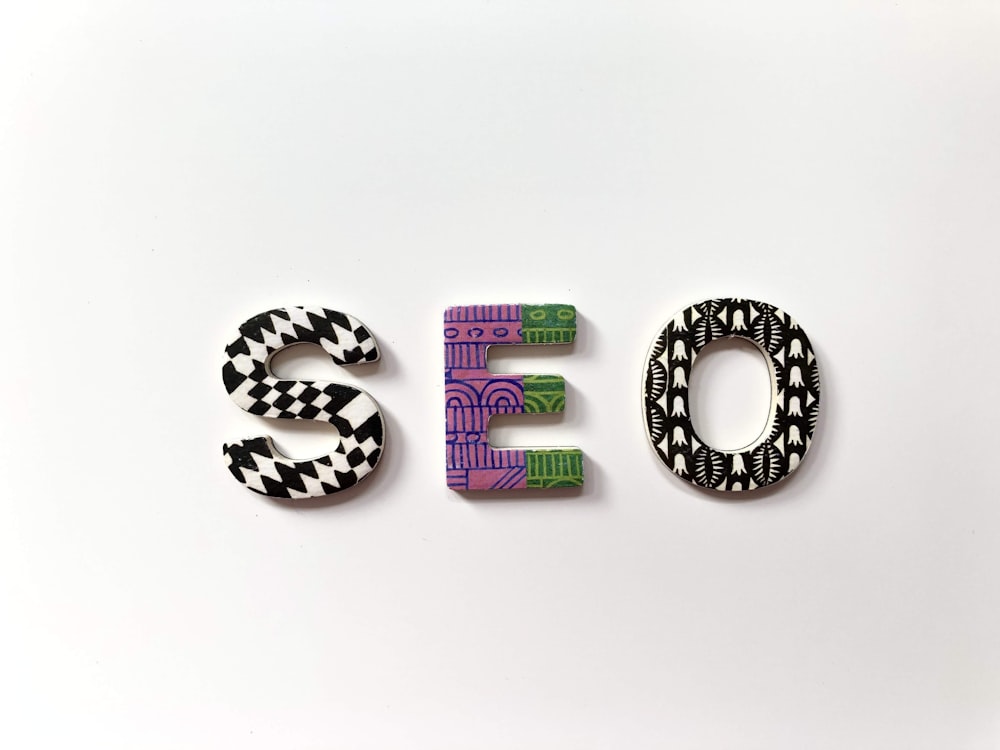Contextual backlinks to your site are a fantastic method of increasing the rank of your website on search engines. Before you start, however, there are few important points to be aware of.
The search for contextual links can take time and effort. However, it pays off in the long term. There will be significant outcomes, including better keyword rankings and more referral traffic.
Are Contextual Backlinks a Good Idea?
Getting contextual backlinks is an essential part of SEO or search engine optimization (SEO). Backlinks from these sites can help you get higher rankings in the SERPs of Google, and increase your organic traffic.
One of the most effective ways to get contextual links is through guest blogging. It is essential to ensure that your guest blog site is pertinent to your business’s industry and your market.
Another method of building contextual backlinks is by using linking campaigns that are reciprocal. These can be done either via email or through social media.
You should look for sites with domains that have high authority with a huge user base. They are more likely to link back and include your company in their posts.
Google uses contextual backlinks to determine the rank of your website. Google utilizes these backlinks in order to improve its understanding of your website. They examine the content and the context of all websites that link to you.
What are context-related connections?
Contextual backlinks can be used to increase your site’s ranking on search engines. These are considered to be more valuable than traditional ones since they are more relevant to the page or topic.
Google considers contextual linking to be an affirmation that your website’s work merits better rank. They can also be used to establish credibility for both the source of the link as well as the website which is linked to them.
Natural links from high-quality websites are the best to use for linking in a context. They should be placed in content that is logical and has relevance to your business, the domain and niche.
The most effective way to boost the number of visitors to your site and increase the rankings of search engines is to include more contextual links. It also helps establish your brand’s authority in your industry.
Web 2.0 Contextual Backlinks
Web 2.0 contextual links are hyperlinks that are located within the text portion of an article. These backlinks are helpful because search engines can determine their context and rank them accordingly.
They are a great tool for building quality backlinks, however they need to be done correctly. They can result in illegal SEO methods that can hurt your SEO efforts.
It’s important to make quality links, not only a few from web 2.0 platforms. Google won’t penalize sites that make use of white hat links.

The most valuable types of links that search engines can use are contextual links. They come from reliable sources which are relevant and valuable for the information they link to.
Establishing relationships with domains that have significant authority is crucial for obtaining relevant links. This can be done via guest posts, interviews or other strategies for building links.
If you do these strategies correctly, you’ll be able to develop a network of sites with top-quality content, which will be linked back to yours. This will bring more the amount of traffic coming to your site and increase its rank.
Contextual links can also be obtained by using internal hyperlinks. These are links within your site that point you to other sites that offer relevant and helpful information. This keeps your users interested in your content and keeps them longer on your website which will benefit SEO.

